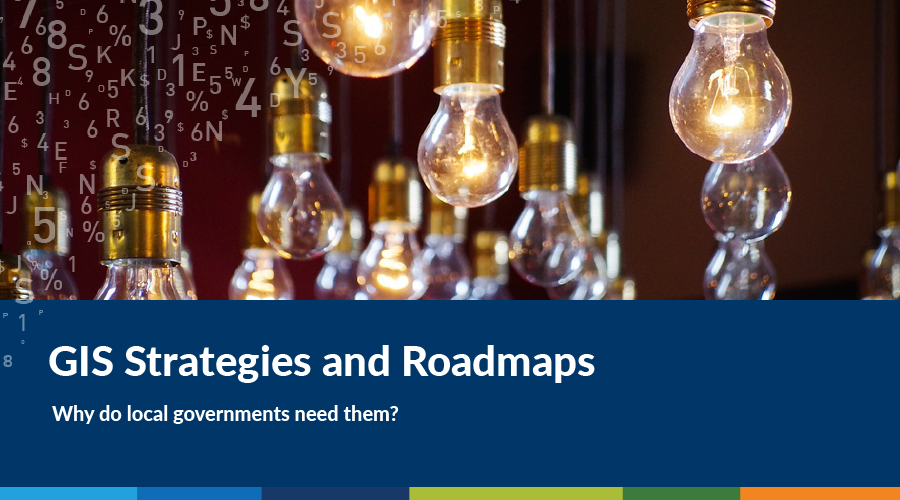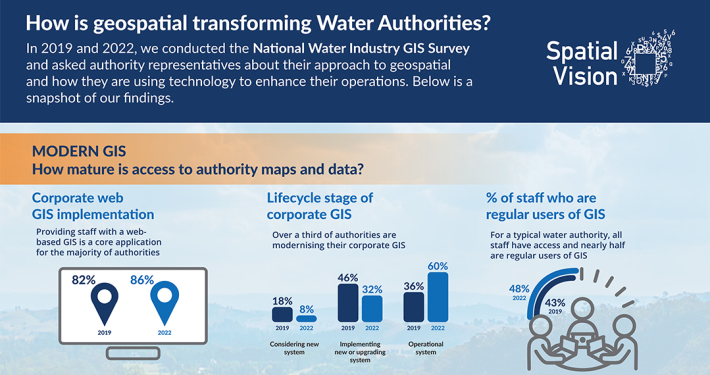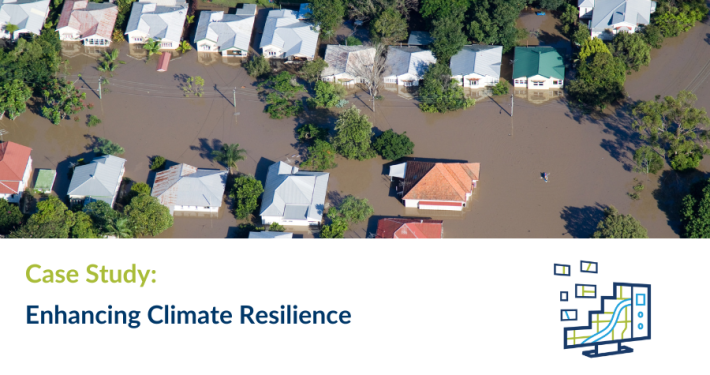Geospatial information is part of our daily life and business. Many business areas in Local Government Authorities (LGAs) rely on Geospatial Information Systems (GIS) to deliver services to external customers or to support efficient internal daily operations. Usually, GIS solutions can be easily implemented and operated in any enterprise. The question is: if there is GIS operating then why would we need a GIS strategy?
Local Governments and GIS Strategies
Local Government are responsible for planning and delivering services that touch everyone, every day. These decisions should be based on evidence to ensure that they are fulfilling real needs. An effective GIS will assist the creation of information to provide the evidence and deliver it to decision makers in an easy-to-understand format.
That being said, the full potential value of GIS is often overlooked in Local Government. The process of developing GIS strategy can be used to raise awareness about the potential for GIS beyond the existing use. The process should engage with people across the LGA from decision makers to front-line customer service staff to seek their ideas and buy-into the plan. The end result should be a strategy driven by the business areas wanting new services, not by the technical people delivering them.
The 4 Key Geospatial Capabilities
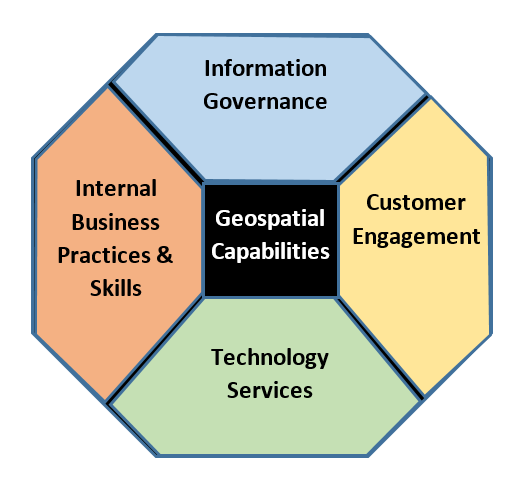
A successful GIS services requires more than just a reliable IT solution. The effectiveness of GIS is dependent on four capabilities:
- Customer engagement
- Information/data governance
- Internal business practices and skills
- Reliable technologies that can be easily-used by people wherever they need information.
An effective GIS strategy considers the organisation as a whole; across internal people, customers, business processes, data and technology to ensure lasting organisational change that drives efficiency.
Many Councils are moving from centralised community services to transparent and self-service facilities. Geospatial information plays a critical role in visually presenting information to the public. A strategy would examine the Council’s directions and drivers and define actions that aligns with those directions.
Most LGAs today are operating with limited resources and many are facing increasingly demand on services from development growth. The focus on catering for daily GIS requests can distract from seeing where GIS services can be going. This situation is compounded by rapid advances in ICT and GIS technologies that may open up new opportunities. As Yogi Berra said, if we don’t know where we are going, we will probably end up somewhere else. A strategy can highlight the business benefits of investigating new technologies to harness the opportunities that may present. Importantly, the strategy should define a vision and a roadmap to steer towards achieving it.
What makes a GIS strategy successful?
An effective GIS strategy must consider the following success factors:
- Identify and consider all business areas requirements and future aspirations for geospatial services
- Developing the strategy in close consultation with all business areas
- Examining all four areas of GIS capabilities
- Align with factors which influence the performances and future of GIS
- Leverage GIS advancements to meet the different business areas requirements
- Ensure senior management are engaged and committed to implementation
- Consider phasing the delivery roadmap to short and long-term actions with priorities
- Define mitigation measure to risk to strategy roadmap implementation
‘The process to develop the strategy is at least as valuable as the plan at the end” – Graeme Martin. The process can be used to build awareness of the potential for GIS and the skills of the existing team. An external consultant has the ability to unbiasedly examine the four areas of the GIS capabilities across the organization, facilitate the conversation around GIS capabilities and future aspiration. To be effective, the consultant must work collaboratively with the GIS team in developing roadmap actions and setting up the business goals for GIS. Importantly, the consultant must aim to deliver a strategy that is owned by the GIS team, different business areas and the senior management team.
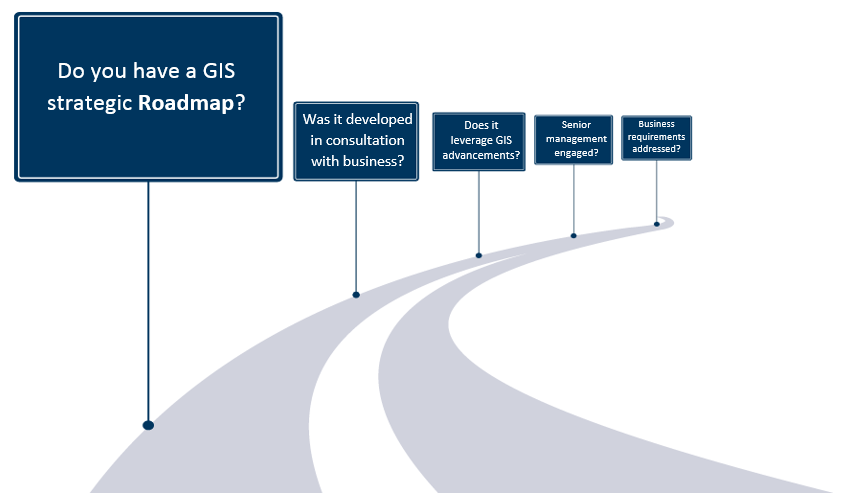
For further information about GIS Strategies, Roadmaps or our Advisory Services, please contact us.
This article was first published with contributions from Amy Karam.
- Get Your GIS Strategy Going - May 25, 2021
- SDG Business Reporting: An SME Example - May 21, 2021
- Remember 2020? - December 15, 2020

